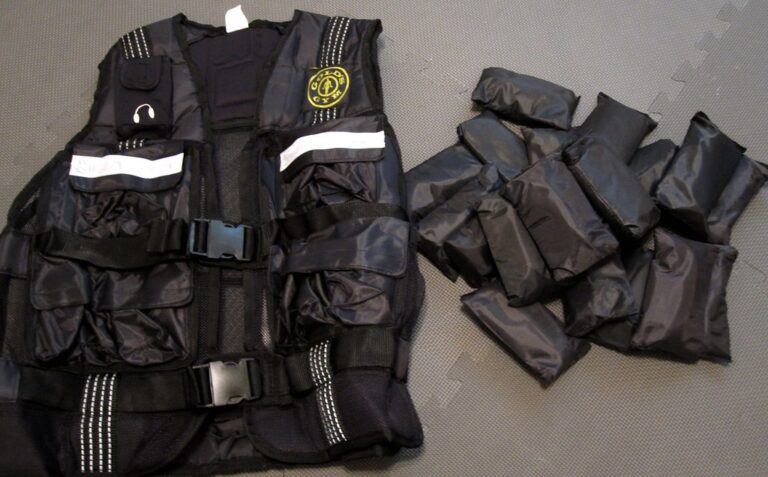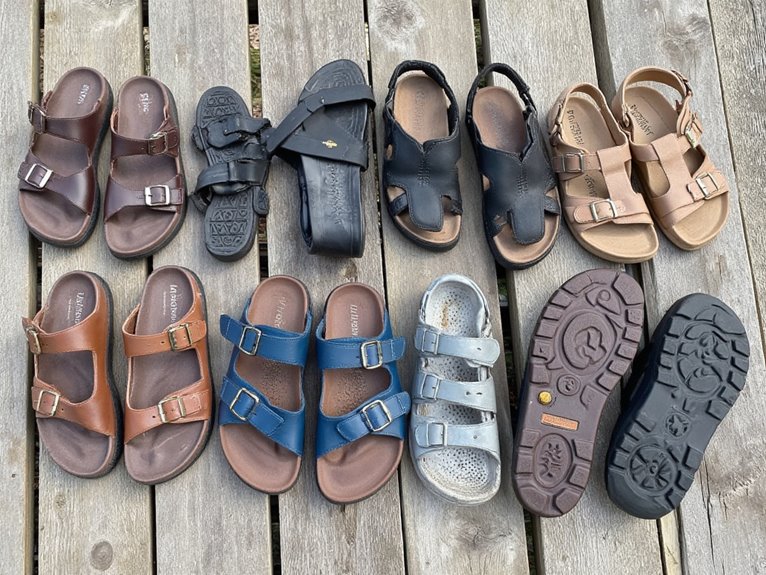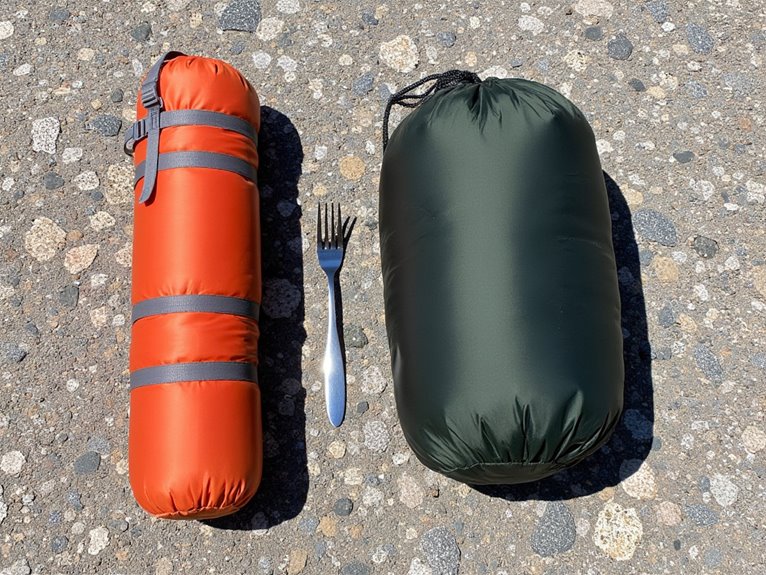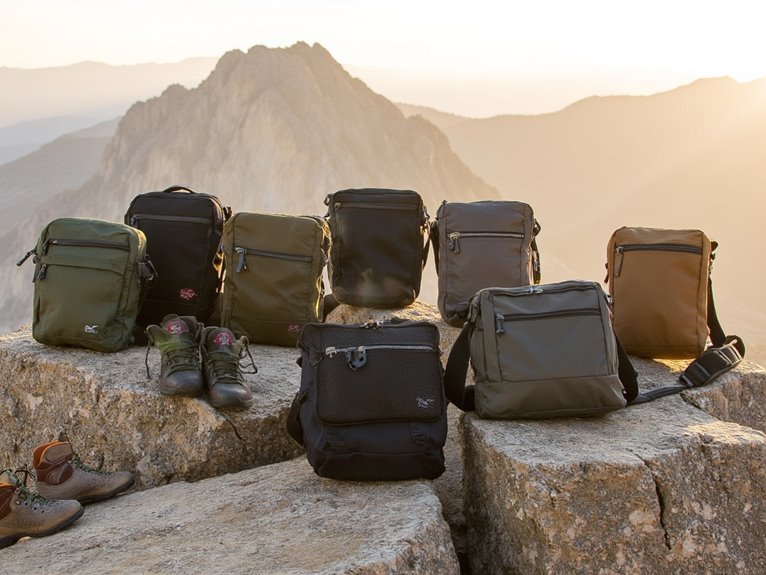How Long Do Backpacks Live?
The lifespan of a backpack depends on a combination of factors, including the quality of its materials, usage patterns, and maintenance habits. High-quality materials, moderate use, and regular cleaning can extend a backpack's life up to 10 years or more. Average lifespans of common brands range from 3-10 years. However, ignoring signs of wear and tear, such as frayed zippers or worn fabric, can lead to a backpack's premature demise. By understanding the factors affecting a backpack's longevity, you can take steps to prolong its life, and discover more about how to get the most out of your backpack.
We are supported by our audience. When you purchase through links on our site, we may earn an affiliate commission, at no extra cost for you. Learn more. Last update on 15th January 2026 / Images from Amazon Product Advertising API.
Quality of Materials Matters
The durability and longevity of a backpack are substantially influenced by the quality of materials used in its construction, with high-quality materials often resulting in a longer lifespan.
The type of fabric, stitching, and hardware used can notably impact a backpack's overall durability.
For instance, backpacks made from heavy-duty nylon or polyester are more resistant to tears and abrasion than those made from lighter materials.
Additionally, reinforced stitching and sturdy zippers can withstand heavy use and harsh conditions.
High-quality materials not only improve a backpack's durability but also provide better protection for its contents.
Usage Patterns Affect Durability
The lifespan of a backpack is greatly influenced by its usage patterns.
Heavy use, characterized by frequent and intense wear, can lead to accelerated deterioration, whereas moderate to light use can extend the backpack's lifespan.
Understanding this correlation is vital in optimizing the durability of a backpack, as it allows users to adjust their habits to maximize the product's lifespan.
Heavy Use Equals Wear
Regularly hauling heavy loads, scrambling over rough terrain, and subjecting backpacks to harsh weather conditions accelerates wear and tear, substantially reducing their lifespan.
The constant strain on the fabric, zippers, and seams leads to premature wear, causing tears, holes, and broken buckles.
In addition, the heavy weight and rough handling can cause the backpack's frame to bend or break, compromising its structural integrity.
Moreover, exposure to harsh weather conditions, such as heavy rain or extreme temperatures, can cause water damage, mold, or fabric degradation.
As a result, backpacks subjected to heavy use are more prone to failure, requiring frequent repairs or even replacement.
Evaluating these factors when determining the lifespan of a backpack is crucial.
Light Use Extends Life
In stark contrast to heavy use, backpacks subjected to light use and careful handling can enjoy a substantially longer lifespan, with minimal signs of wear and tear.
This is because light use reduces the cumulative effects of friction, abrasion, and stress on the material.
As a result, the fabric, zippers, and stitching remain intact, preserving the backpack's structural integrity.
Additionally, gentle handling prevents scratches, scuffs, and tears, allowing the backpack to maintain its appearance and functionality.
Maintenance and Cleaning Impact
The lifespan of a backpack is substantially influenced by its maintenance and cleaning routine.
Regular deep cleaning not only removes dirt and debris that can cause damage, but also helps prevent wear and tear by preserving the material's integrity.
Regular Deep Cleaning
How frequently do backpacks require deep cleaning to prevent the buildup of dirt, grime, and bacteria that can compromise their lifespan?
The answer lies in the frequency of use and environmental exposure.
For daily commuters or outdoor enthusiasts, deep cleaning every 2-3 months is recommended to remove embedded dirt and bacteria.
For occasional users, cleaning every 6-12 months may suffice.
A gentle soap solution and soft-bristled brush can effectively remove dirt and stains.
Allow the backpack to air-dry, away from direct sunlight, to prevent fading or damage.
Regular deep cleaning not only maintains the backpack's appearance but also extends its lifespan by preventing material degradation and damage from dirt and bacteria accumulation.
Wear and Tear Prevention
Regular maintenance and cleaning not only preserve a backpack's appearance but also substantially contribute to preventing wear and tear by mitigating the damaging effects of dirt, grime, and bacteria accumulation.
By incorporating a regular cleaning routine, backpack owners can notably extend the lifespan of their gear.
Simple practices such as wiping down surfaces, removing dirt and debris, and applying fabric protectants can make a substantial difference.
Additionally, storing backpacks in a cool, dry place and avoiding extreme temperatures can also help prevent wear and tear.
Average Lifespan of Common Brands
Depending on the quality of materials and construction, popular backpack brands exhibit varying lifespans, with some lasting substantially longer than others.
For instance, Osprey backpacks are known for their durability, with an average lifespan of 7-10 years.
The North Face backpacks typically last around 5-7 years, while Columbia backpacks have an average lifespan of 3-5 years.
JanSport and Fjallraven backpacks usually last around 5-7 years, while REI Co-op backpacks have an average lifespan of 7-10 years.
It's essential to note that proper care, maintenance, and storage can substantially extend the lifespan of a backpack.
Additionally, the frequency and type of use also impact a backpack's lifespan.
Signs of Wear and Tear
As a backpack accumulates miles and memories, subtle signs of wear and tear begin to surface, hinting at the need for maintenance or eventual replacement. These signs can be subtle, but ignoring them can lead to a backpack's premature demise.
Frayed or broken zippers: If your zippers are no longer functioning smoothly, it's time to inspect and potentially replace them.
Worn or torn fabric: Fading, thinning, or tears in the fabric are indicators that your backpack is nearing the end of its lifespan.
Loose or broken stitching: If the stitching is coming undone or has broken, it's a sign that the backpack's structural integrity is compromised.
Ripped or worn-out padding: If the padding is no longer providing adequate support or comfort, it may be time to consider a new backpack.
Extending the Life of Your Backpack
Proper care and maintenance can substantially extend the lifespan of your backpack, allowing you to enjoy many more adventures with your trusty companion.
Regular cleaning is essential, using a soft brush to remove dirt and debris. Avoid harsh chemicals or abrasive cleaners, which can damage materials.
Store your backpack in a dry, cool place, away from direct sunlight. Consider using a storage bag or cloth to protect it from dust and moisture.
Additionally, confirm all zippers and buckles are securely fastened to prevent unnecessary strain.
Factors in Backpack Longevity
The lifespan of a backpack is influenced by a complex interplay of factors, including materials, craftsmanship, and user behavior, which can substantially impact its overall durability and performance.
These factors can either prolong or shorten the life of a backpack, depending on how well they are managed.
The following factors play a significant role in determining backpack longevity:
Material quality: The type and quality of materials used in the backpack's construction can significantly impact its durability.
Craftsmanship: The level of craftsmanship and attention to detail during the manufacturing process can affect the backpack's overall build quality.
User behavior: How well the backpack is cared for and maintained by the user can greatly impact its lifespan.
Environmental conditions: Exposure to harsh weather conditions, rough handling, and extreme temperatures can all take a toll on a backpack's durability.





